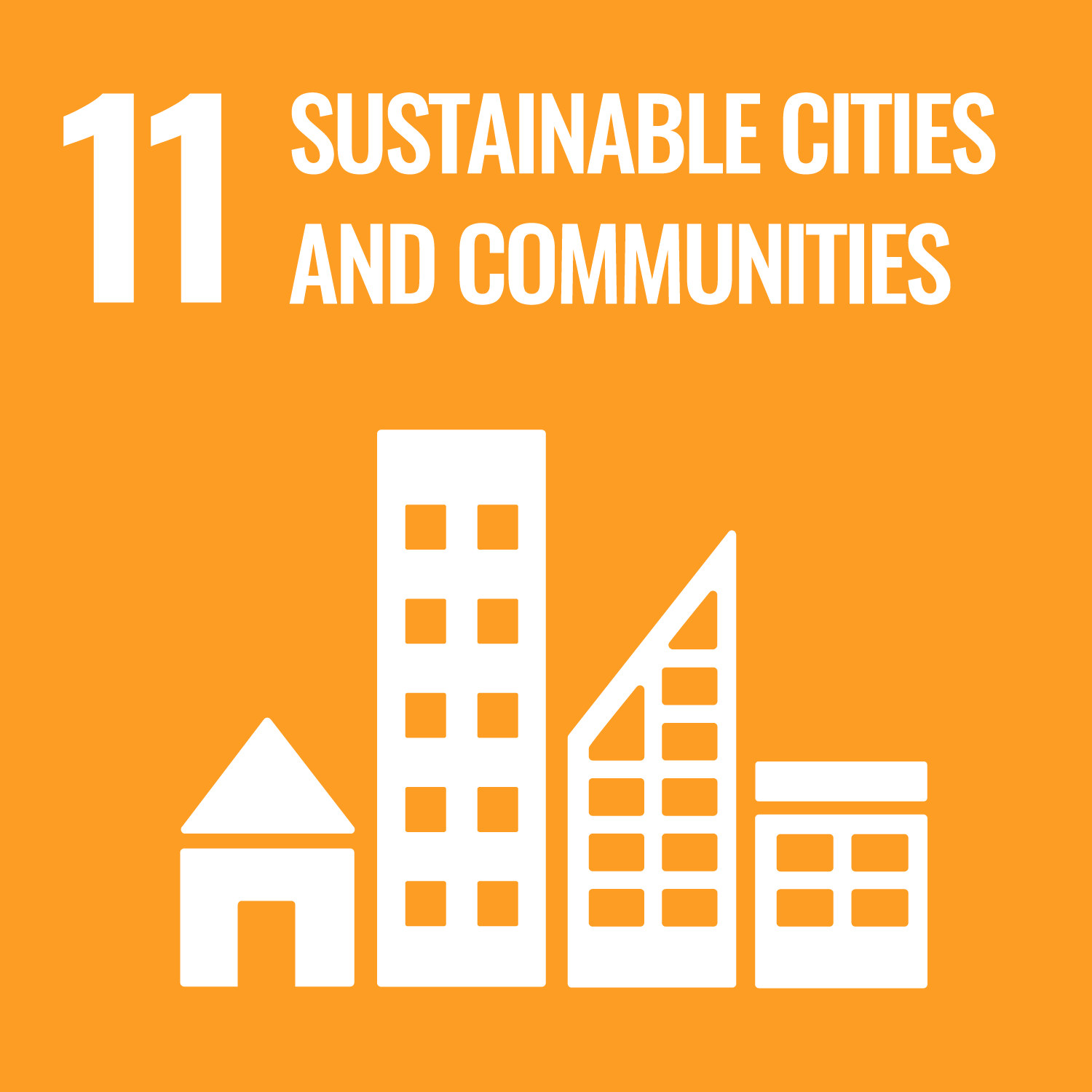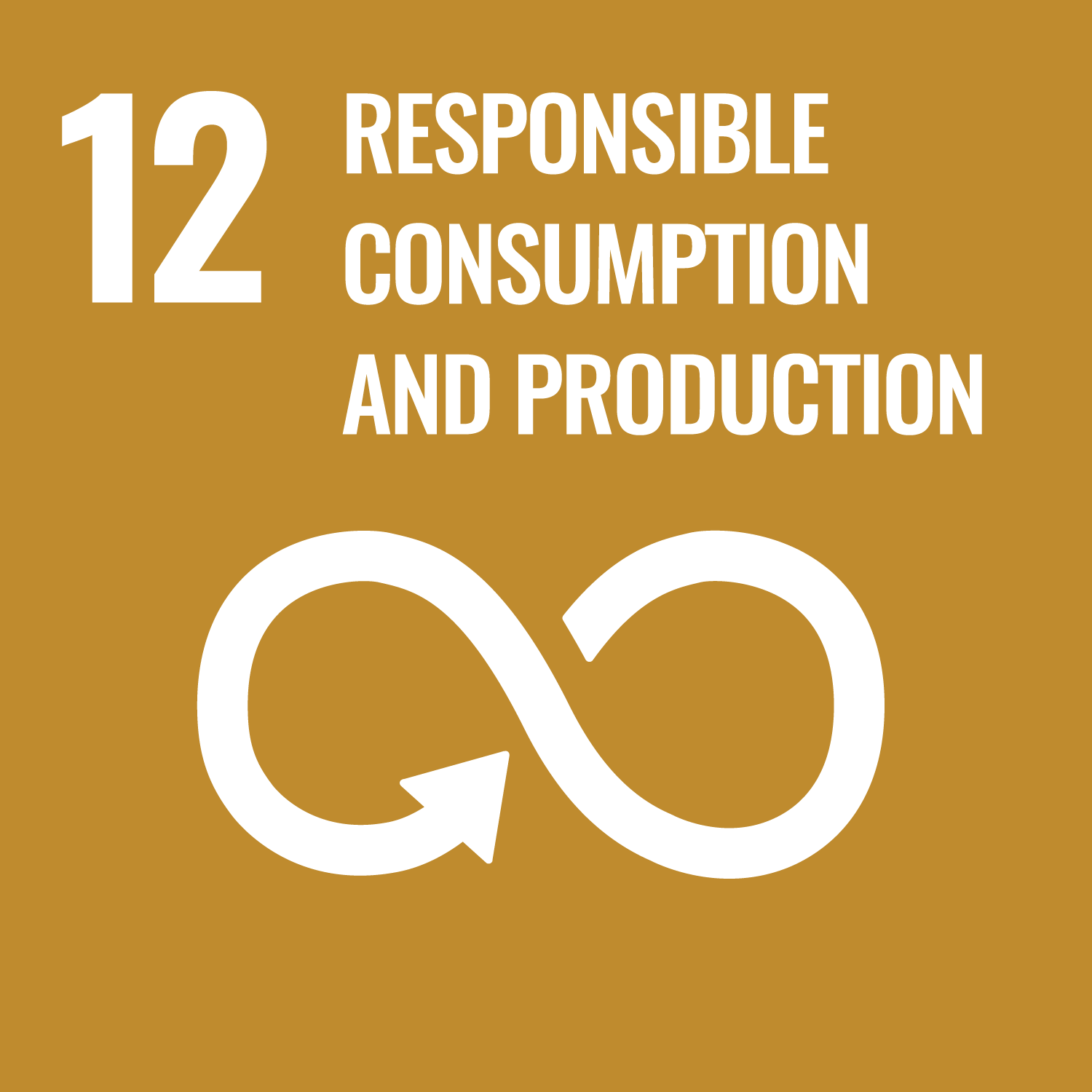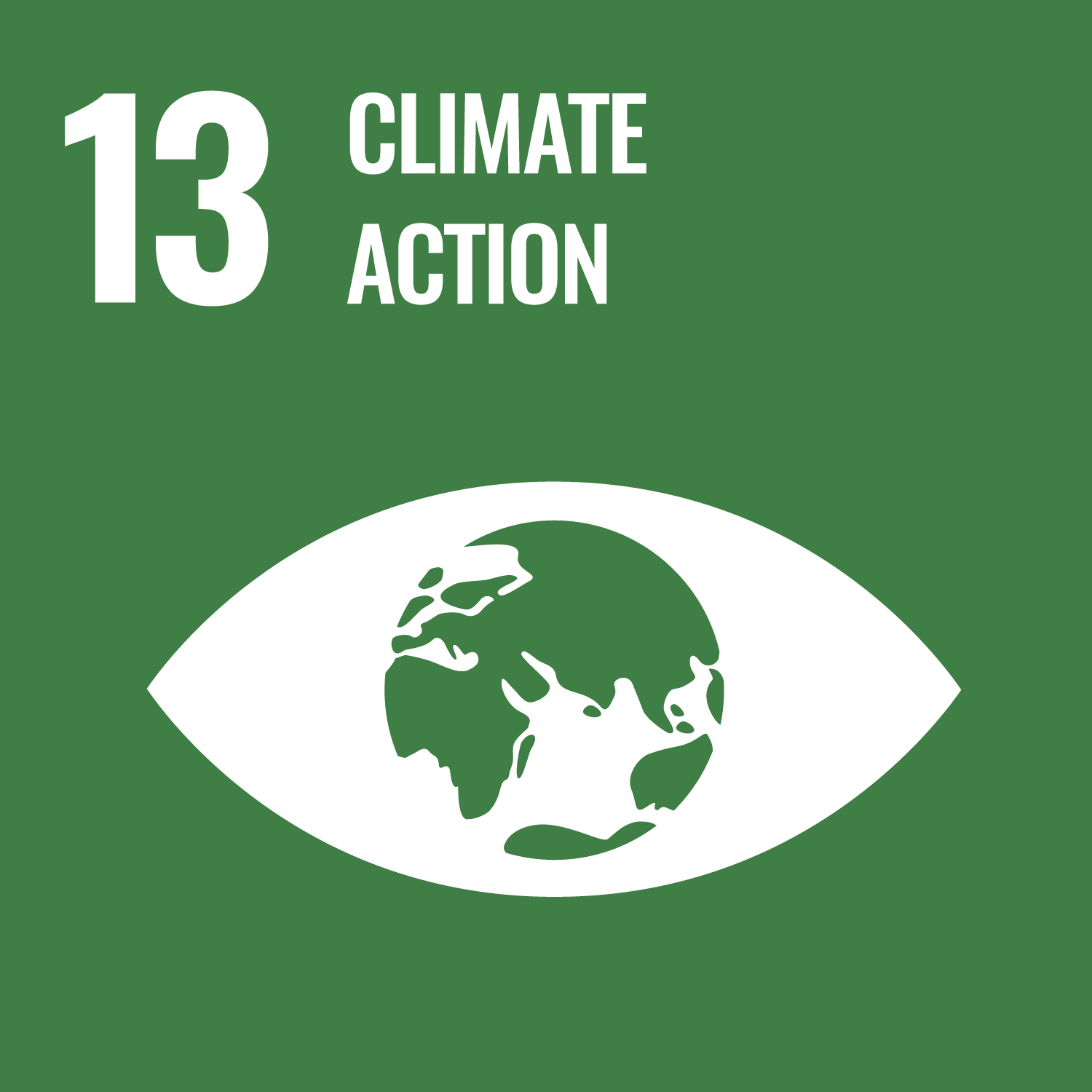In order to solve environmental problems and energy problems, it is necessary to predict and evaluate the indoor and outdoor
wind environment. In recent years, CFD (Computational Fluid Dynamics) is often applied to the analysis of indoor and outdoor
wind environments, and students need to learn the basic theory and application know-how of CFD. In this lecture, mathematical
and mechanical basics required when applying CFD and performing simulations and the application examples of CFD to various
problems related to indoor and outdoor airflow will be learned.
The content of the lecture includes the following items. (1) Momentum equation and continuity equation, physical meaning of each term, (2) Descretization of governing equations and mutual correction of velocity and pressure in incompressible viscous fluid, (3) Turbulence model and Large Eddy Simulation, (4) Applications to complex shape problem and complex phenomenon (heat convection, radiation, etc.) analysis, (5) Application to outdoor wind environment problem (unsteady problems, fluid/vibration interconnection problem, etc.), (6) Application to indoor wind environmental problems (indoor airflow, ventilation theory, natural ventilation, etc.), (7) Simulation methods other than CFD in related fields.
In addition to the students of mechanical engineering course, students of other courses e.g. students of architecture course are also accepted.
The content of the lecture includes the following items. (1) Momentum equation and continuity equation, physical meaning of each term, (2) Descretization of governing equations and mutual correction of velocity and pressure in incompressible viscous fluid, (3) Turbulence model and Large Eddy Simulation, (4) Applications to complex shape problem and complex phenomenon (heat convection, radiation, etc.) analysis, (5) Application to outdoor wind environment problem (unsteady problems, fluid/vibration interconnection problem, etc.), (6) Application to indoor wind environmental problems (indoor airflow, ventilation theory, natural ventilation, etc.), (7) Simulation methods other than CFD in related fields.
In addition to the students of mechanical engineering course, students of other courses e.g. students of architecture course are also accepted.
Purpose of this lecture is to learn the theory and application know-how of CFD, and acquire the ability to apply CFD to issues
related to indoor and outdoor wind environment. In addition, specific simulation examples for indoor and outdoor wind environments
will be shown, and students will learn the concept of various setting conditions and how to deal with complex phenomena.
- Understand the meaning of basic equations in fluid and thermal problems and their numerical solutions, and students will be able to select the appropriate numerical method according to the problem to be simulated.
- Understand the outline of turbulence model and Large Eddy Simulation, and students will be able to select the appropriate simulation technique according to the problem to be simulated.
- Learn the setting conditions and know-how for applying CFD to specific indoor and outdoor wind environment problems, and students will be able to apply them to practical problems.
- Understand simulation methods other than CFD in related fields, and students will be able to select appropriate methods as needed.
| Report task 1 | Report task 2 | Total. | |
|---|---|---|---|
| 1. | 20% | 10% | 30% |
| 2. | 20% | 10% | 30% |
| 3. | 25% | 25% | |
| 4. | 15% | 15% | |
| Total. | 40% | 60% | - |
| Class schedule | HW assignments (Including preparation and review of the class.) | Amount of Time Required | |
|---|---|---|---|
| 1. | Basics of numerical simulation ...solving the convection-diffusion equation ・ Physical meaning of each term of momentum equation and continuity equation ・ Discretization of basic equations ...solving the convection- diffusion equation ・ Other simulation methods |
Preparation and review using the document uploaded on the Scomb system | 190minutes |
| 2. | Solving the momentum equation ・ Compressible fluid vs. incompressible fluid ・ Velocity / pressure mutual correction in incompressible viscous fluid ・ Examples of solving momentum equation ・ Unsuccessful cases and the countermeasures |
Preparation and review using the document uploaded on the Scomb system | 190minutes |
| 3. | Numerical simulation of turbulent flow ・ Time averaged turbulence models ・ Outline of LES (Large Eddy Simulation) |
Preparation and review using the document uploaded on the Scomb system | 190minutes |
| 4. | Applications to Complex shape problems and complex phenomenon ・ Complicated shape problem ・ Complex phenomena (heat convection, radiation, etc.) |
Preparation and review using the document uploaded on the Scomb system | 190minutes |
| 5. | Application to outdoor wind environmental problems ・ Unsteady flow simulations ・ Fluid / vibration connection problems ・ Application to wide-area wind environmental problems |
Preparation and review using the document uploaded on the Scomb system | 190minutes |
| 6. | Application to indoor wind environmental problems ・ Indoor airflow and thermal environment problems and boundary conditions ・ Ventilation theory |
Preparation and review using the document uploaded on the Scomb system | 190minutes |
| 7. | Application to indoor and outdoor wind and outdoor environmental problems ・ Coupling problem of indoor and outdoor wind ・ Simulation methods other than CFD in related fields |
Preparation and review using the document uploaded on the Scomb system | 190minutes |
| Total. | - | - | 1330minutes |
[Evaluation method]
Achievement goals 1 and 2 are mainly evaluated by report task 1, and achievement goals 3 and 4 are evaluated by report task 2.
Students who submitted two reports and marked a total score of 60 points or higher will receive the credit.
[Evaluation Criteria]
Acquisition of know-how and knowledge necessary to select appropriate simulation methods and boundary conditions for a given task and to deal with practical problems.
Achievement goals 1 and 2 are mainly evaluated by report task 1, and achievement goals 3 and 4 are evaluated by report task 2.
Students who submitted two reports and marked a total score of 60 points or higher will receive the credit.
[Evaluation Criteria]
Acquisition of know-how and knowledge necessary to select appropriate simulation methods and boundary conditions for a given task and to deal with practical problems.
| ways of feedback | specific contents about "Other" |
|---|---|
| The Others | 授業内および授業外で適宜フィードバックを行う |
Documents will be uploaded on the Scomb system
[Other references]
edited by SHASE (the Society of Heating, Air-conditioning and Sanitary Engineers of Japan): First Environment and Equipment Design Simulation CFD Guidebook, Ohm-sha, 2017.
edited by SHASE: Ventilation Efficiency Guidebook -Numerical Fluid Dynamics for Ventilation Design-, Maruzen, 2009.
[Other references]
edited by SHASE (the Society of Heating, Air-conditioning and Sanitary Engineers of Japan): First Environment and Equipment Design Simulation CFD Guidebook, Ohm-sha, 2017.
edited by SHASE: Ventilation Efficiency Guidebook -Numerical Fluid Dynamics for Ventilation Design-, Maruzen, 2009.
- From 11:00 to 12:00 on Thursdays, and also questions will be accepted in the classroom after the weekly lectures or anytime by email.
- Course that cultivates a basic problem-solving skills
| Work experience | Work experience and relevance to the course content if applicable |
|---|---|
| Applicable | Practical application examples will be shown from my work experiences related to indoor and outdoor wind environment simulations. |





- 7.AFFORDABLE AND CLEAN ENERGY
- 9.INDUSTRY, INNOVATION AND INFRASTRUCTURE
- 11.SUSTAINABLE CITIES AND COMMUNITIES
- 12.RESPONSIBLE CONSUMPTION & PRODUCTION
- 13.CLIMATE ACTION
Last modified : Fri Jun 28 16:34:31 JST 2024
